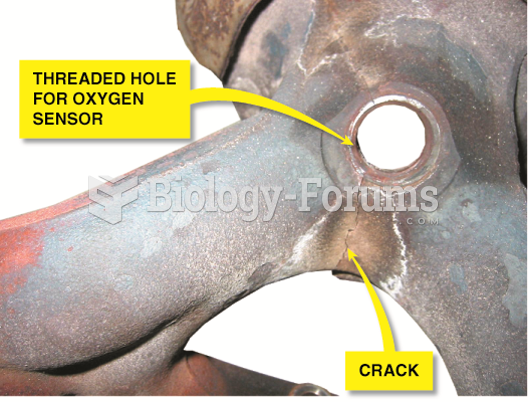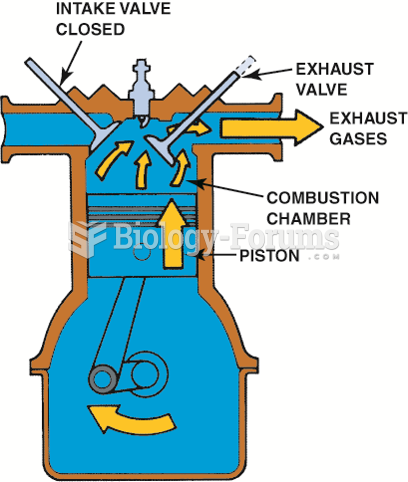|
|
|
A serious new warning has been established for pregnant women against taking ACE inhibitors during pregnancy. In the study, the risk of major birth defects in children whose mothers took ACE inhibitors during the first trimester was nearly three times higher than in children whose mothers didn't take ACE inhibitors. Physicians can prescribe alternative medications for pregnant women who have symptoms of high blood pressure.
Alzheimer's disease affects only about 10% of people older than 65 years of age. Most forms of decreased mental function and dementia are caused by disuse (letting the mind get lazy).
During the twentieth century, a variant of the metric system was used in Russia and France in which the base unit of mass was the tonne. Instead of kilograms, this system used millitonnes (mt).
Thyroid conditions may make getting pregnant impossible.
About 3.2 billion people, nearly half the world population, are at risk for malaria. In 2015, there are about 214 million malaria cases and an estimated 438,000 malaria deaths.
 A crack in an exhaust manifold is often not visible. A crack in the exhaust manifold upstream of the ...
A crack in an exhaust manifold is often not visible. A crack in the exhaust manifold upstream of the ...
 A tester that uses a blue liquid to check for exhaust gases in the exhaust, which would indicate a ...
A tester that uses a blue liquid to check for exhaust gases in the exhaust, which would indicate a ...





